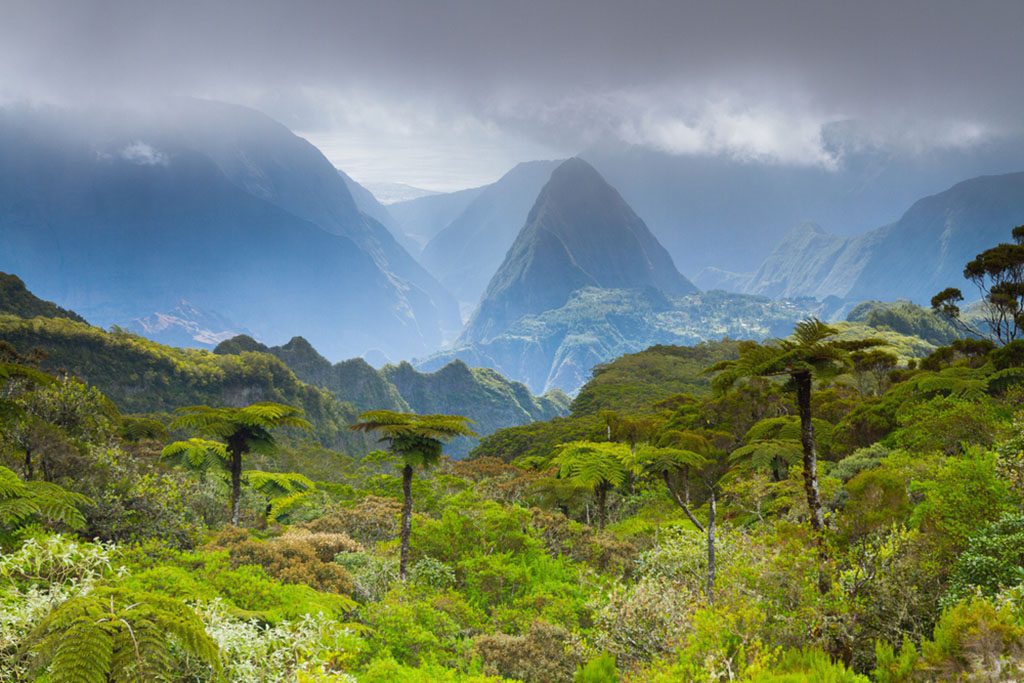In addition to the Alps, the Massif Central, and the Pyrenees, France is home to a wide variety of other ecosystems and landscapes.
France is rich in history and has a beautiful coastline to boot. Some of the best places to visit in France include the cities of Lyon, Nice, Strasbourg, and, of course, Paris.
18-Auvergne-Rhône-Alpes
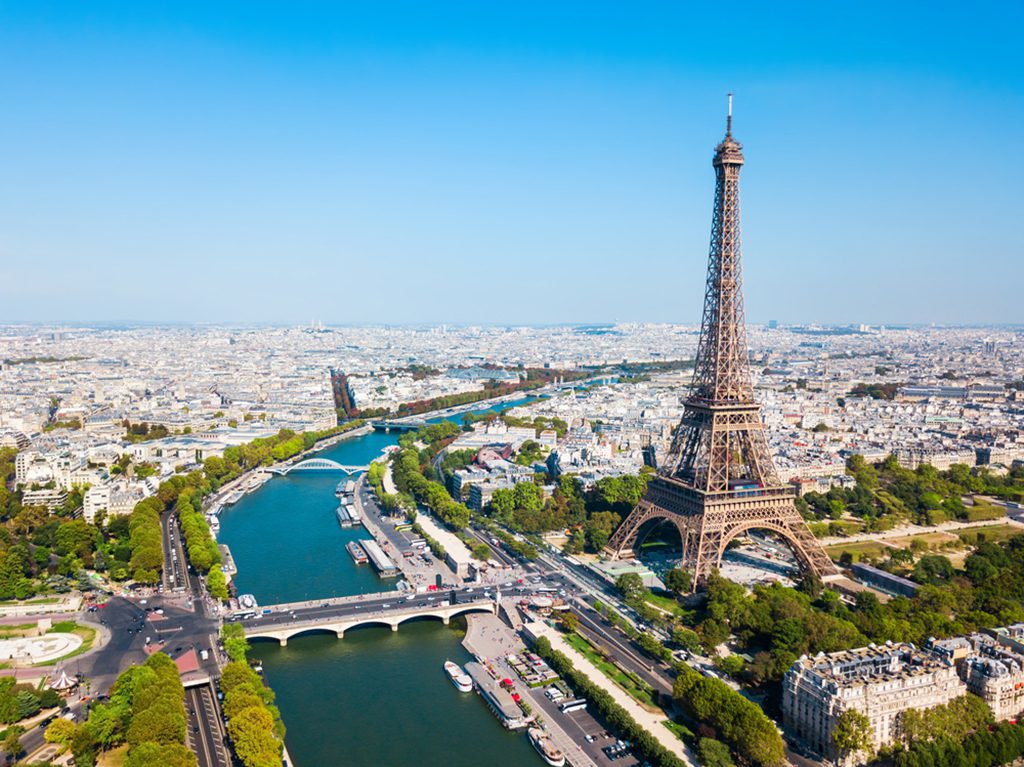
Auvergne-Rhône-Alpes, a huge area that borders Switzerland and Italy in the southeast, is home to a wide variety of landscapes, each more stunning than the previous. Because of this, there is a great deal to enjoy.
For example, the Massif Central may be found in the western part of the country, and it is home to both volcanic mountains and a multitude of beautiful cathedrals. As a result, you may reach the Rhone Valley, home to many beautiful vineyards and the vibrant city of Lyon. The French Alps, seen to the east, rise significantly from the landscape.
In addition to the major cities of Lyon, Grenoble, and Annecy, the area is sprinkled with quaint towns and picturesque mountain villages. Both Chamonix and Samoens serve as entry points to the Alps and are well-known for their excellent mountaineering and skiing. The tallest peak in Europe, Mont Blanc, is a must-see, but other European massifs, such as Vanoise and Vercors, are just as impressive.
17-Bourgogne-Franche-Comté
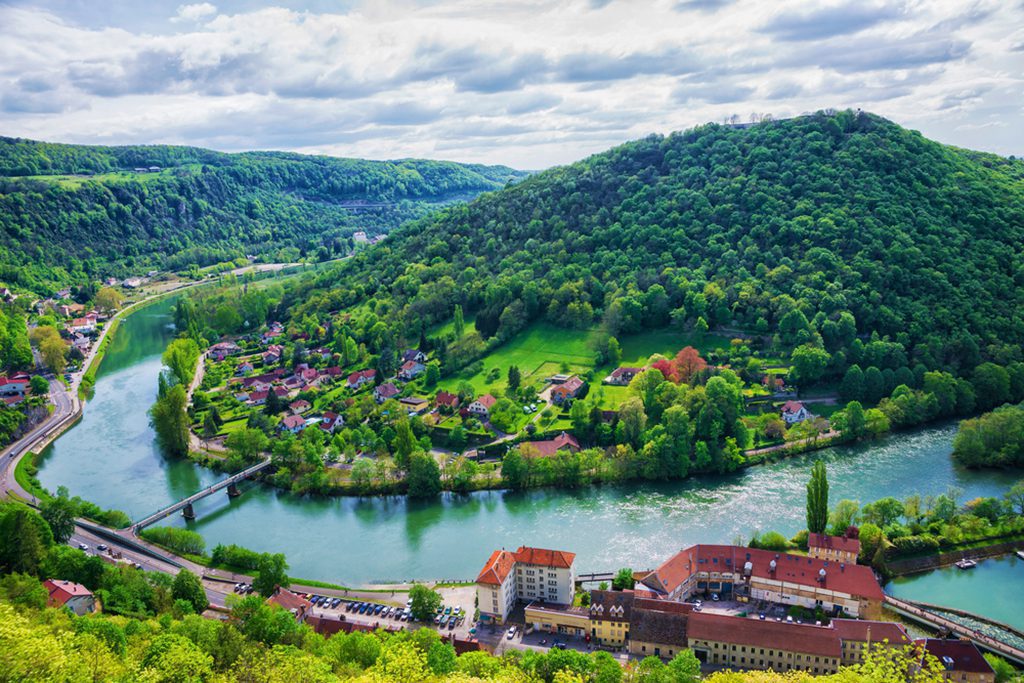
The Bourgogne-Franche-Comté in central-eastern France is a magnificent area to explore, with the only question being where to start exploring the country’s many charming ancient towns and cities; breathtaking natural landscapes; and fantastic wines.
Its varied topography means that a short visit may pack a lot of sightseeing potential. Enjoy a wonderful wine trip through Burgundy’s western vineyards and countryside before making your way east across stunning lakes, woods, and rivers to the towering Jura mountains that mark Switzerland’s eastern border.
Many of the towns and villages in the area date back hundreds or even thousands of years, providing an excellent opportunity to learn about the region’s rich cultural history. Some of the most magnificent are in the cities of Auxerre, Besancon, and Sens, which are home to several historic buildings, including cathedrals and castles.
16-Brittany
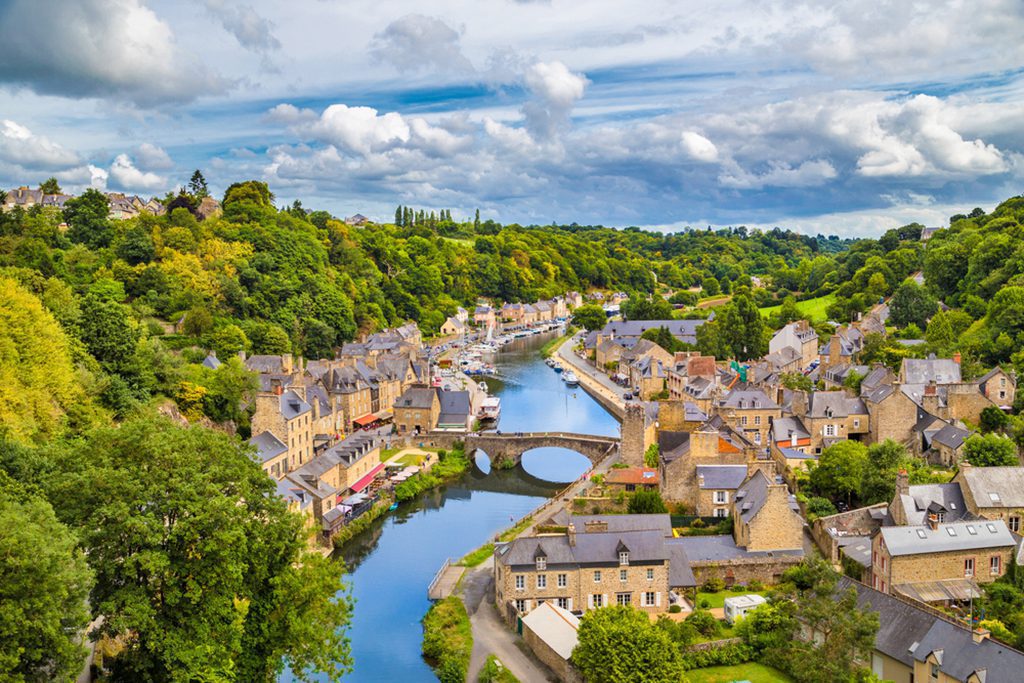
With its protruding position into the stormy seas of the English Channel and the Bay of Biscay, it should come as no surprise that Brittany boasts a beautifully rocky coastline. Another reason for the region’s prominence is Celtic culture. This has a long history in the area and is distinctively different from that of the rest of France.
The major cities in the area are Brest, Lorient, and Rennes, but there are also many charming little settlements to explore. In the summer, several of them organize fairs and other celebrations that highlight the Gallo and Breton traditions that make the area what it is.
If you can tear yourself away from Brittany’s intriguing cultural make-up and local traditions long enough, you’ll find some beautiful hiking trails and coastline walks. Offshore, you’ll discover wild and secluded islands like Belle-Ile and Ile-aux-Moines, while inside you’ll find picturesque fishing communities and stunning beaches.
15-Centre-Val de Loire
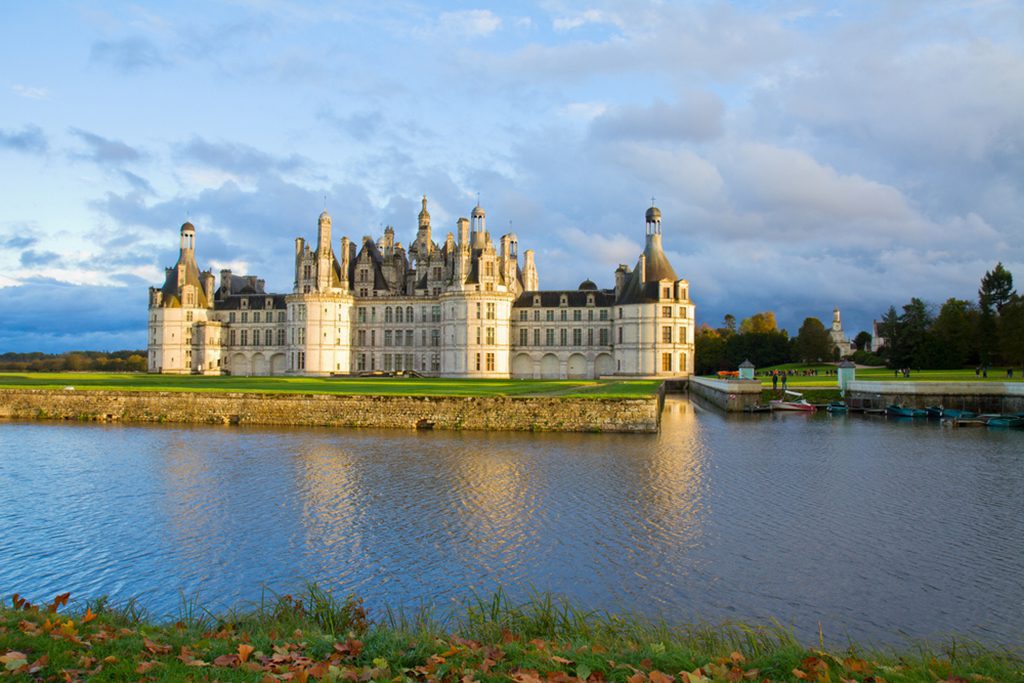
Centre-Val de Loire is a rural region in the middle of France, to the south of the capital city of Paris. Its name comes from the fact that the bulk of its land mass is located in the beautiful valley where the Loire River winds.
Orleans and Tours, two of the region’s most spectacular historic cities, stand out for their beautiful cathedrals and quaint, ancient towns full of picture-perfect old structures, respectively.
Loire Valley is home to many magnificent castles and chateaux and has some of the world’s most beautiful landscapes. Their opulent gardens make a visit to Angers and Chambord a delight in the warm weather.
14-Corsica
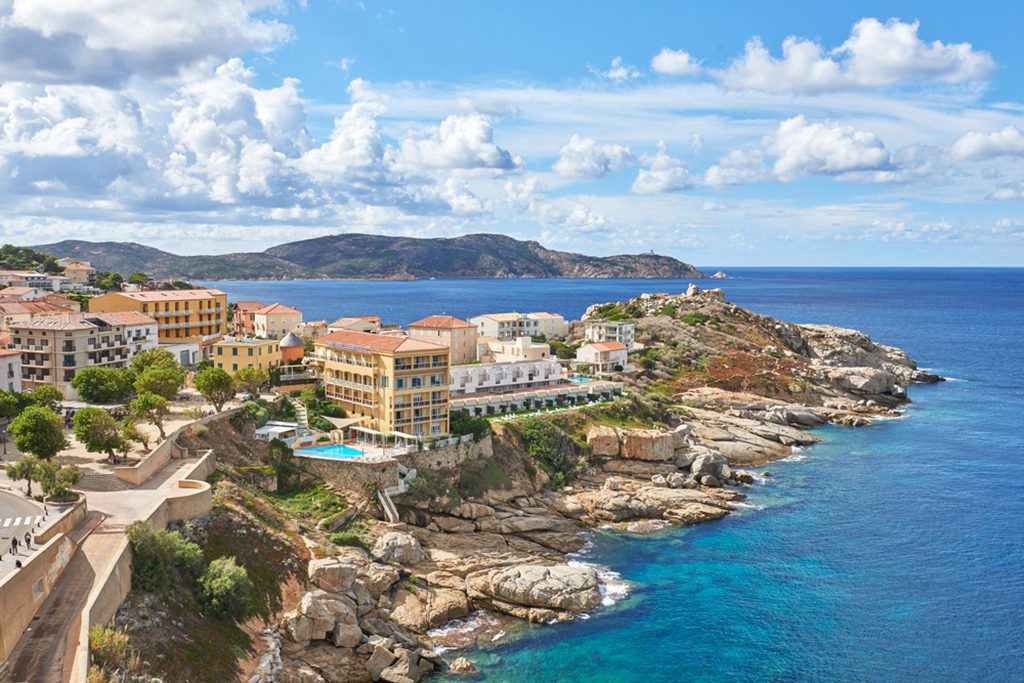
Corsica, an island in the Mediterranean Sea between France and Sardinia, is home to some very breathtaking natural features. Along with stunning natural scenery and a plethora of historical sites, this area also benefits from a pleasant temperature throughout the year.
That’s why it’s such a fantastic tourist destination. Its gorgeous coastline is dotted with dazzling beaches, and its steep mountains are ideal for trekking and mountaineering. Scuba diving, windsurfing, sailing, and swimming are all possible in the Mediterranean Sea’s clear, warm waters.
Corsica also has a rich historical heritage. Ajaccio—Napoleon’s birthplace—boasts dozens of monuments and memorials devoted to him, while Bastia has a gorgeous historic port and fortress for you to check out. Many of the island’s towns are highly fortified as a result of the island’s violent history and separatist ambitions, so there are many amazing castles and citadels to visit.
13-Grand Est
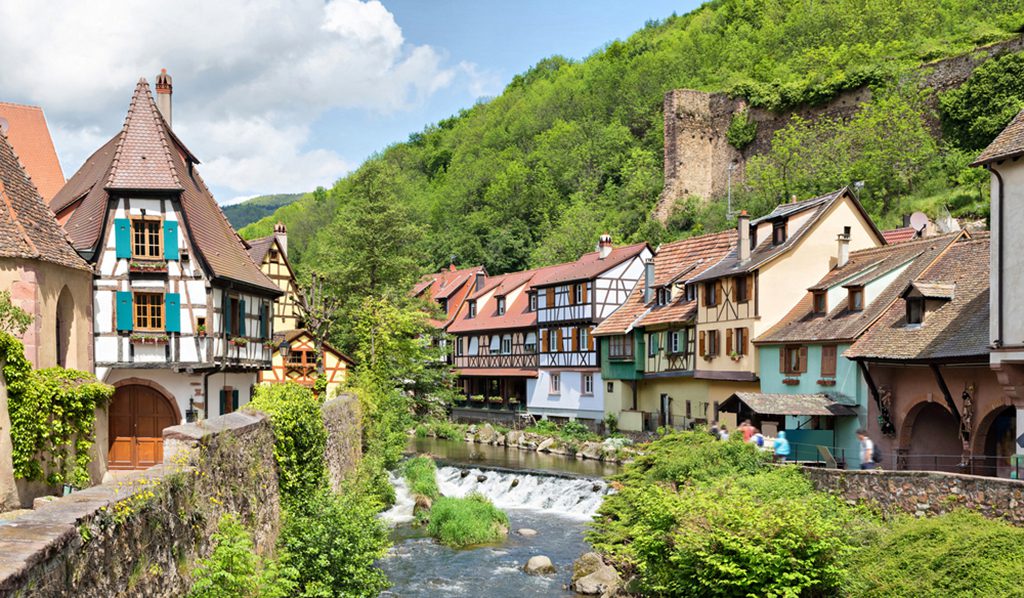
The northeastern area known as Grand Est is a must-see since it borders four different countries: Belgium, Luxembourg, Germany, and Switzerland. It has an irresistible blend of French and Germanic culture in its architecture, local traditions, cuisine, and language.
Numerous exciting attractions may be found in the area. The Ardennes and Verdun battlefields, the wonderful vineyards and wines of the Grand Est, and a relaxing trip down the Rhine are just a few of the city’s most famous tourist draws.
The Vosges mountains to the east provide excellent hiking opportunities among the region’s more typical undulating hills and agriculture. The Grand Est is home to several lovely urban centers, including Strasbourg, Colmar, Metz, Reims, and Troyes.
12-Hauts-de-France
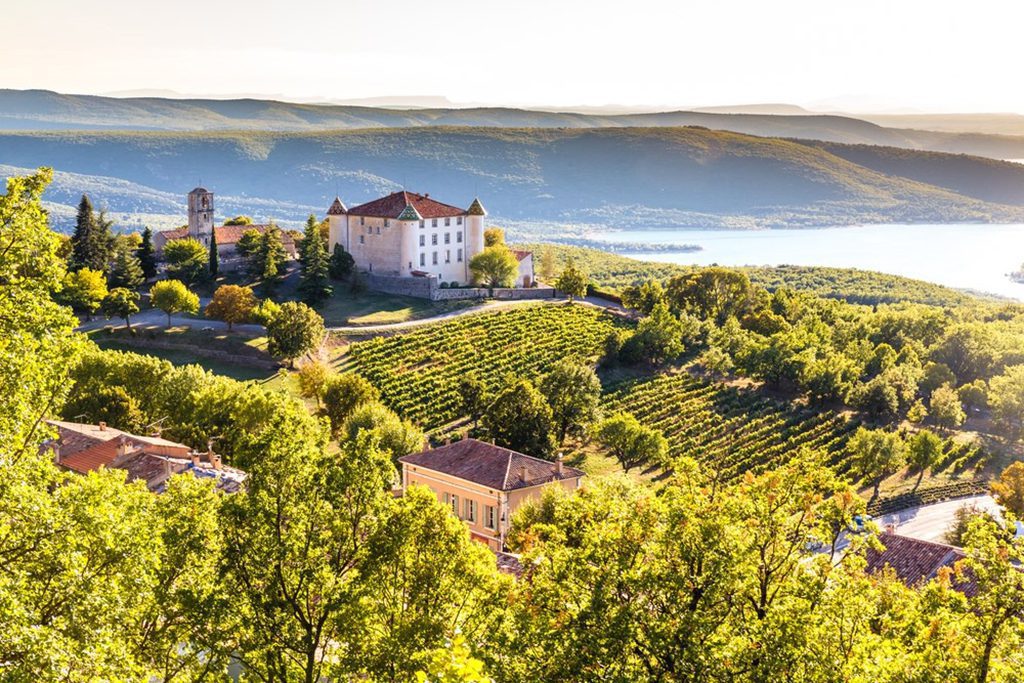
Hauts-de-France, the most northern area of France, is well-known for hosting the bloodiest combat of the First World War: the Battle of the Somme. There are several monuments and vast battlefields in the area.
Amiens and Montreuil are two of the region’s lovely cities that stand in stark contrast to the region’s bloody and violent history. Cities like Lille and Calais preserve vestiges of the region’s industrial heritage, which was prevalent across Hauts-de-France. Occasionally, you will go by derelict mines and slag piles.
Even though it is home to some beautiful scenery, fantastic beaches, and many intriguing historic monuments and towns, the region is generally neglected by visitors due to its proximity to more popular destinations and the devastating impact of the two world wars on the area.
11-Île-de-France
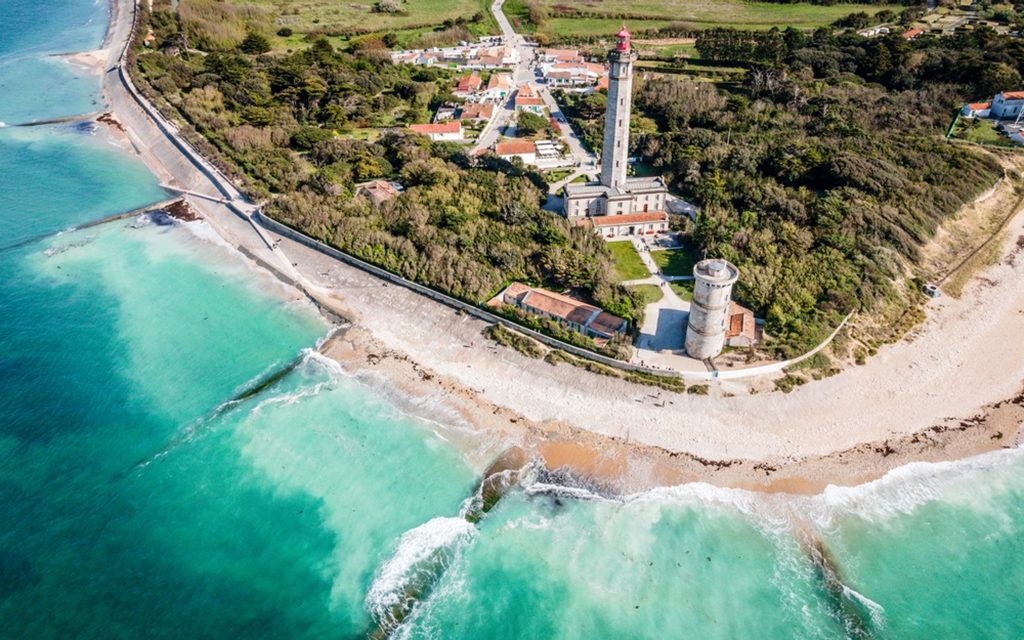
Despite the fact that Paris, the region’s focal point, is the country’s booming cosmopolitan capital, Ile-de-France has a lot to offer outside the city of lights. Fantastic tourist destinations, including Versailles, Disneyland, and Fontainebleu, are conveniently close by.
Paris itself, of course, is the major lure. The Eiffel Tower, the Arc de Triomphe, and Notre Dame de Paris are just a few of the spectacular landmarks that can be found in this sophisticated metropolis. The Louvre, the Musee d’Orsay, and the Centre Georges Pompidou are among must-sees.
While the area is known for its ever-expanding banlieues, it also has some beautiful natural scenery, including woods, rivers, and parks. It would be a shame to miss out on seeing some of the adjacent old villages, such as Provins and Roissy.
10-Normandy
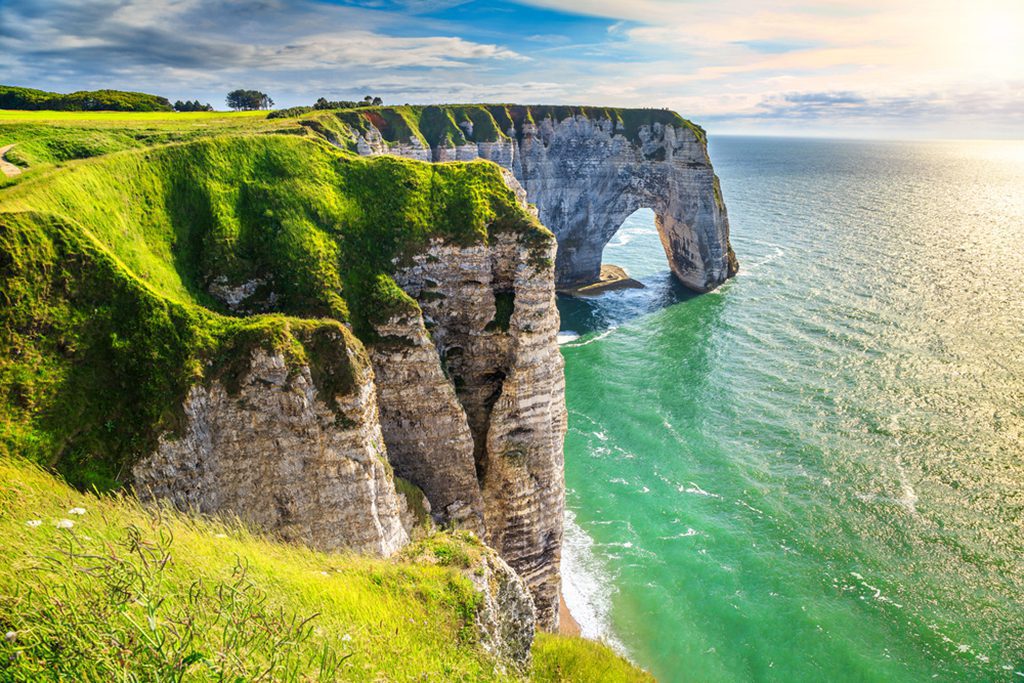
Normandy is a very gorgeous area to explore and is home to a wide variety of ecosystems, including the picturesque chalk cliffs, bleak marshes, and lovely beaches that line its long coastline along the English Channel.
The area is rich in history, being at the heart of a powerful medieval empire. Many interesting cultural and historical monuments await your exploration. Castles, cathedrals, churches, and abbeys galore dot the landscape. Among its most notable towns are Rouen and Le Havre, while Mont Saint-Michel is widely recognized as one of France’s most iconic features.
Normandy has also seen its fair share of conflict throughout the years; the D-Day beaches, where several monuments and cemeteries can be found, serve as a poignant reminder of this. On a more positive note, Monet, a prominent Impressionist artist, was born and raised in this area. The grounds of his former country estate in Giverny are open to the public and are a sight to see.
9-Nouvelle-Aquitaine
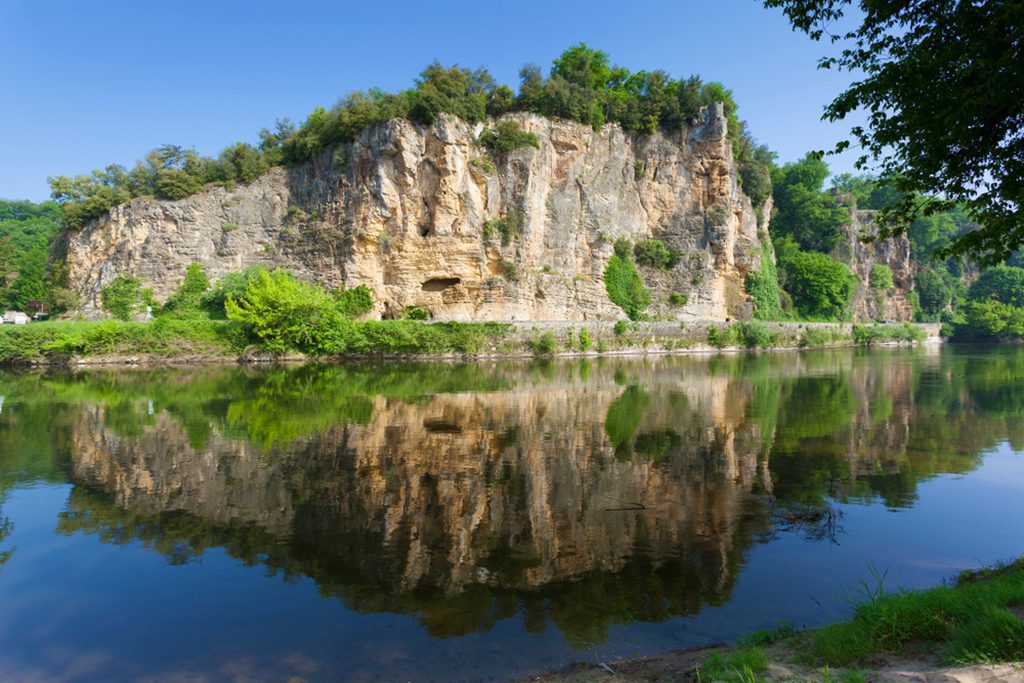
As France’s biggest region, Nouvelle-Aquitaine is a fascinating destination. It reaches from the rugged Atlantic coast in the west to the towering Massif Central in the east, and from the beautiful Pyrenees in the south to the Loire Valley in the north.
So, there’s a lot of breathtaking landscape to take in. You may find attractive cities and villages scattered across the countryside, woodlands, vineyards, and river valleys, depending on where you travel.
The beautiful coastal resorts of Biarritz, La Rochelle, and Royan are home to a broad variety of watersports, while ancient cities like Bordeaux and Limoges are close by. With its rich history, vibrant culture, beautiful landscapes, and exciting outdoor activities, Nouvelle-Aquitaine really does have it all.
8-Occitanie

Occitanie is surrounded on all sides by breathtaking natural features, including the snow-capped Pyrenees Mountains to the south and the shimmering seas of the Mediterranean Sea to the east.
Although much of the area consists of vineyards, farming, and quaint towns, the Cevennes and the Parc National des Pyrenees provide breathtaking natural beauty and excellent opportunities for outdoor recreation, including hiking and mountain climbing.
Although its big towns of Toulouse and Montpellier are nice to visit, the true star attractions are the walled medieval town of Carcassonne, the Roman remains at Nimes, the pilgrimage site of Lourdes, and the picturesque old town of Albi.
7-Pays de la Loire
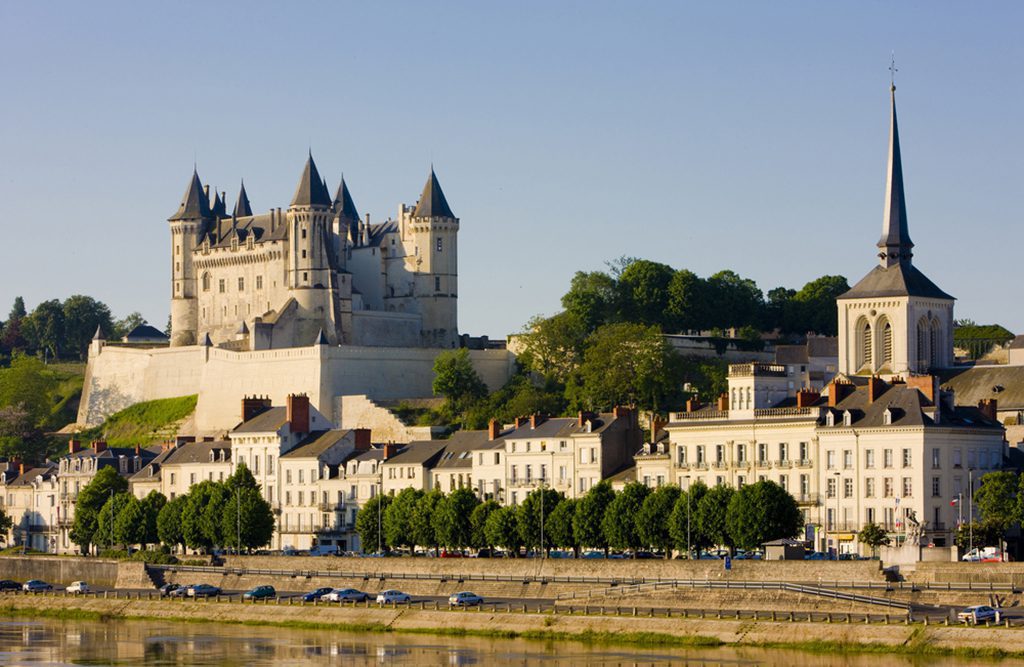
A highly diversified area to visit, Pays de la Loire runs from the Bay of Biscay and its long gorgeous Atlantic coastline to the Loire Valley, which is rich with Renaissance Chateaux, opulent gardens, and breathtaking landscape.
While traveling through the region’s picturesque countryside, you’ll come across several antique castles and manor homes. The cities of Nantes and Angers, as well as the smaller towns of Saumur and Guerande, are all worth seeing.
Even though the region’s coastline, seaside towns, and fishing villages are all popular, the Loire Valley is the main draw, and for good reason: it is full of amazing chateaux, cultural landmarks, vineyards, and so much more.
6-Provence-Alpes-Côte d’Azur

The Provence-Alpes-Côte d’Azur area in southeastern France is home to the beautiful French Riviera, but it also has the gritty port city of Marseille and the rugged French Alps to the north.
Vacationers flock to the area because of its beautiful beaches and towns like Nice, Cannes, and Saint-Tropez. For instance, the magnificent Verdon Gorge is a fantastic place to go kayaking, hiking, or rock climbing. Equally alluring are the magnificent Provencal landscapes; it was at Aix-en-Provence that the artist Paul Cezanne produced some of his most renowned masterpieces.
Travelers visiting the area can do more than just unwind on the seaside or hit the slopes in the imposing mountains; they can also delve deeper into the country’s rich history in places like Arles and Avignon, the latter of which was the seat of the Catholic Church’s popes in the 14th and 15th centuries.
5-French Guiana
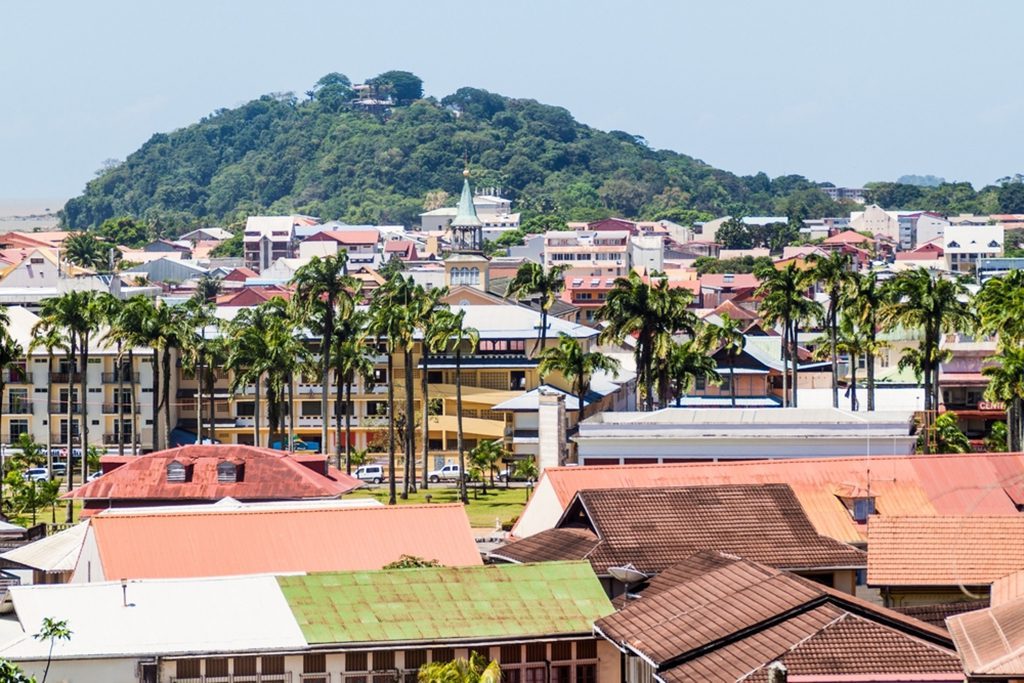
French Guiana is a South American country that is sandwiched between Brazil and Suriname and has a long coastline along the Atlantic Ocean and a mostly intact tropical jungle.
There are a number of rivers and low mountains inland, but the coast is the only heavily populated area (particularly the Cayenne and Kourou metropolitan areas).
4-Guadeloupe
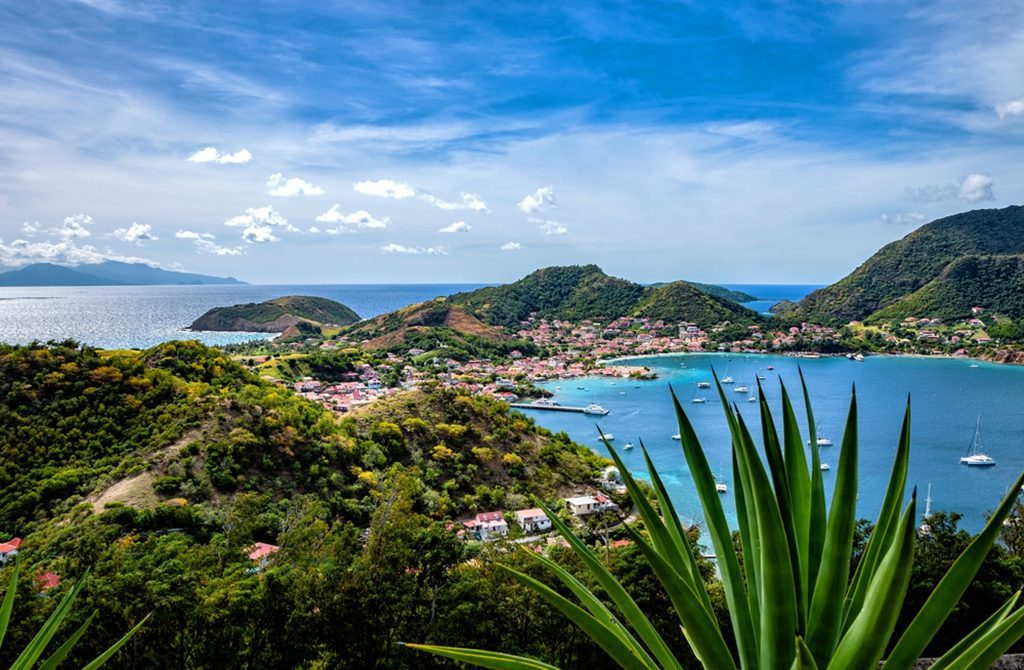
Guadeloupe is a collection of islands in the eastern Caribbean known for their stunning scenery. You’ll be treated to a plethora of wonders on your travels, including beautiful sandy beaches, towering waterfalls, verdant mountains, and dense forests.
Although most tourists go to Basse-Terre and Grand-Terre, the unspoiled ecosystems of the other islands are no less impressive. Great scuba diving and snorkeling are only two of the many exciting outdoor activities available.
3-Martinique
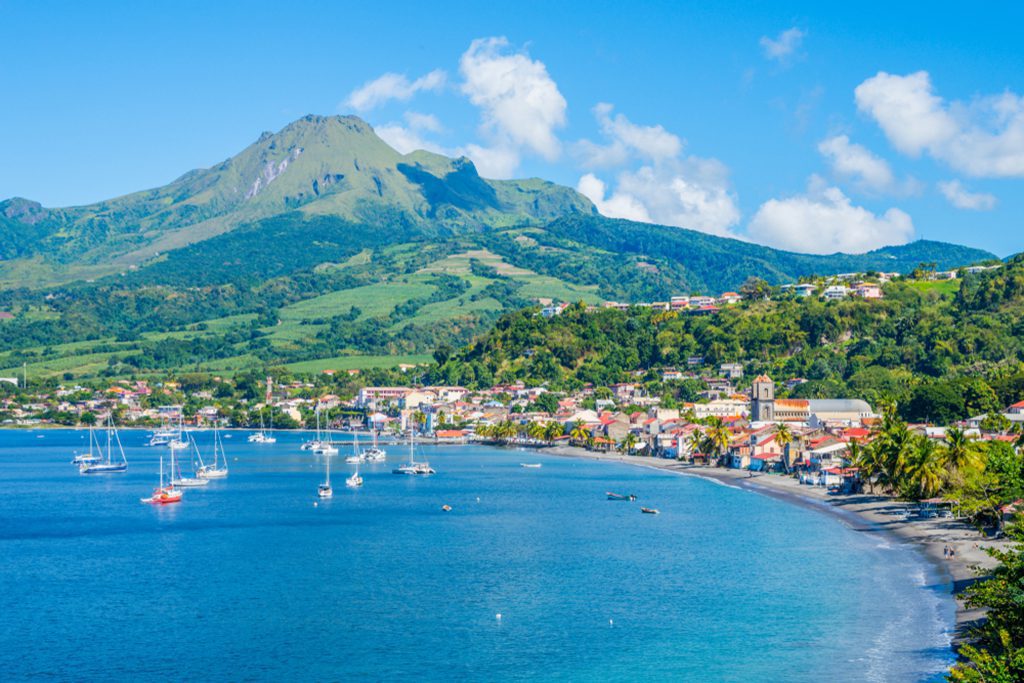
Martinique, an island in the Caribbean, is a popular vacation spot for good reason: it has stunning scenery, from its beaches and shoreline to its forested mountains.
This location provides the best of both worlds, as beachgoers and mountaineers alike will find much to do. The towns of Fort-de-France, Sainte-Anne, and Saint-Pierre are among the island’s must-see towns due to the unique blend of French and Caribbean traditions that can be found there.
2-Mayotte
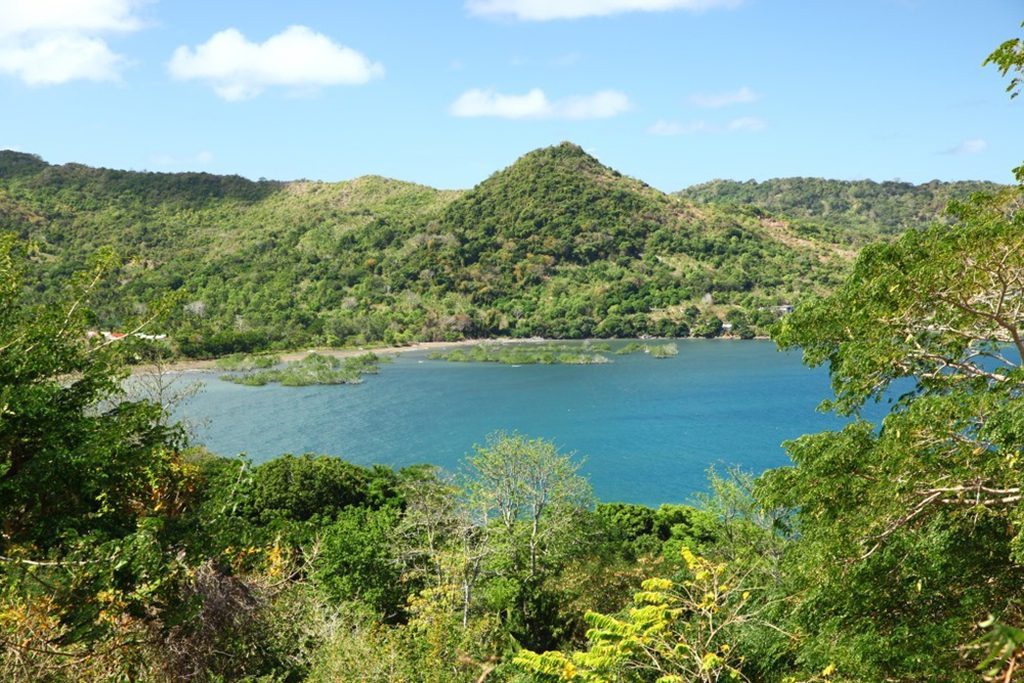
Mayotte is a tropical island in the Indian Ocean, not far from the coast of East Africa. The island is characterized by its old volcanic peaks and stunning ravines.
Visitors may go scuba diving in the world’s biggest lagoon, which is ornamented with gorgeous coral reefs and plentiful marine life, or walk to the summit of Mont Choungui, home to endangered brown lemurs.
1-Réunion
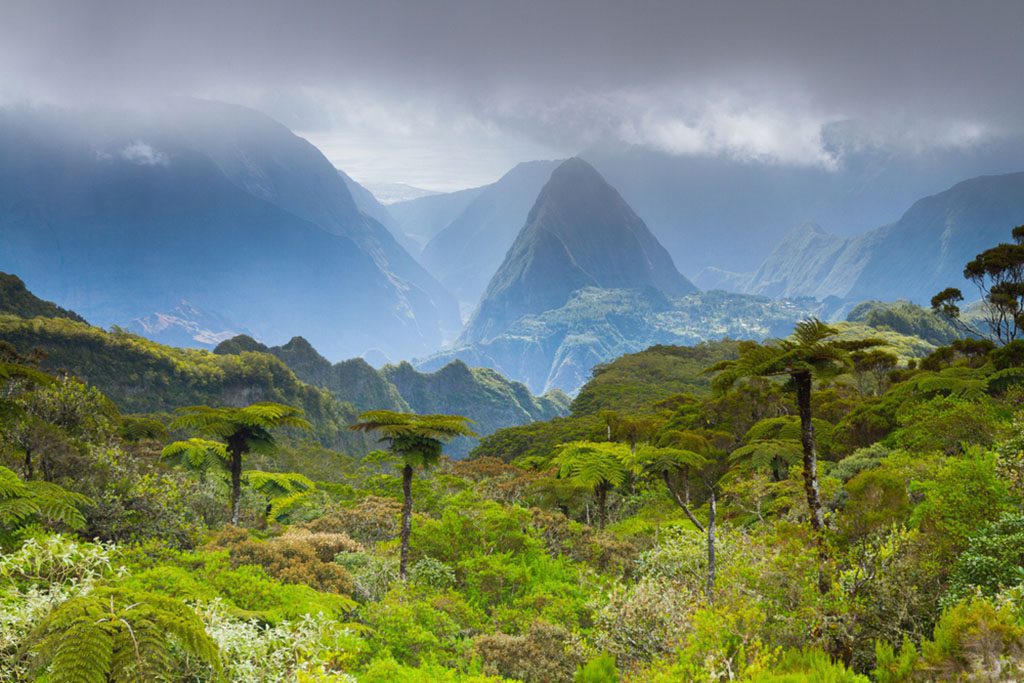
Located in the Indian Ocean to the east of Madagascar, the tropical island of Reunion is home to a wide variety of breathtaking natural attractions. White sand beaches provide a striking contrast to the dramatic backdrop of volcanoes and mountains.
You may simply arrange to go trekking in the beautiful surroundings all around Saint-Denis and Saint-Gilles, and from there you can go snorkeling and scuba diving in the sparkling Indian Ocean.


